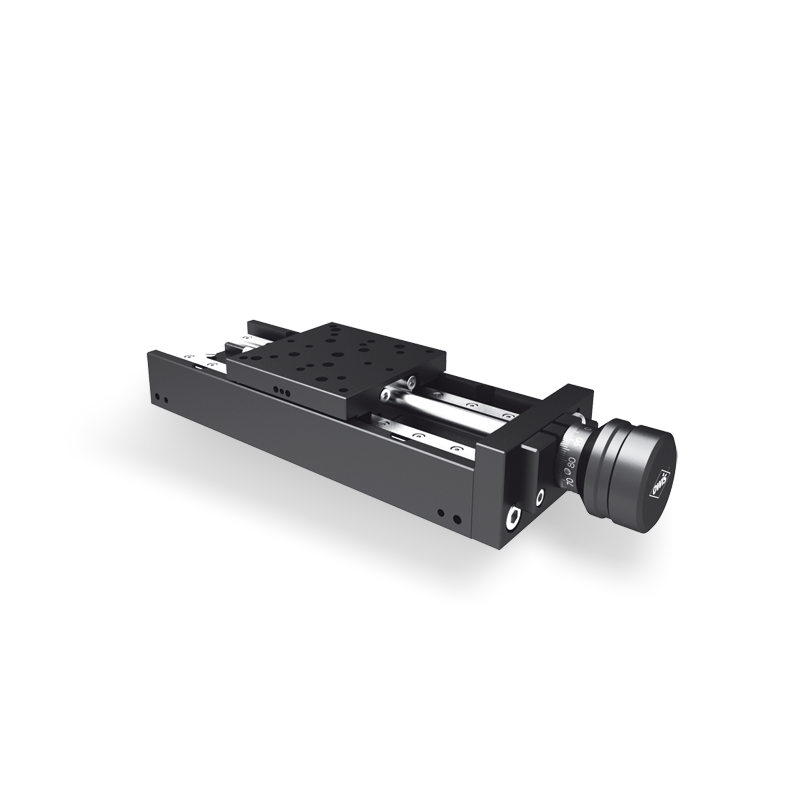Solid phase fluoro spectrometer

successful hygiene in washing process
The fluorescence spectroscopy uses fluorescence phenomena for the analysis of substances. It differs from several other spectroscopies as it measures the emission instead of the absorption of fluorescent radiation. The research institute „wfk – Cleaning Technology Institute e.V.“ in Krefeld, Germany, for example examines dirt on fabric surfaces in order to identify fluorescent-marked bacteria. This procedure is used for the evaluation of a successful hygiene of a washing process.


(1) fiber positioner FAPO 65
(2) optic holder on linear stage LT 60
(3) beam splitter in cube W 65
(4) transmitting mount TRANS 65L
(5) 3x translation stage VT 45N
(*) Alternatively, the fabric surface can also be monitored by a camera.
For this sensitive measuring method, the highly precise guidance of the measuring beam is essential. In order to keep the beam height steady on one level, the OWIS system consisting of rails and slides is used in the fluoro spectrometer. The light is coupled out of the beam source through the glass fibers (1a) into the beam path. The beam is collimated (2a) and redirected to the sample (3). A microscope objective (4) adjusts the appropriate beam diameter in order to scan the fabric sample three-dimensionally (5). For the electronic measurement of the wavelengths, the fluorescent light emitted from the surface of the substance is coupled into the optical fiber of the detector (1b). The linear stages (2a+2b) are used to precisely adjust the position of the two lenses along the optical axis in order to achieve the maximum signal intensity.





